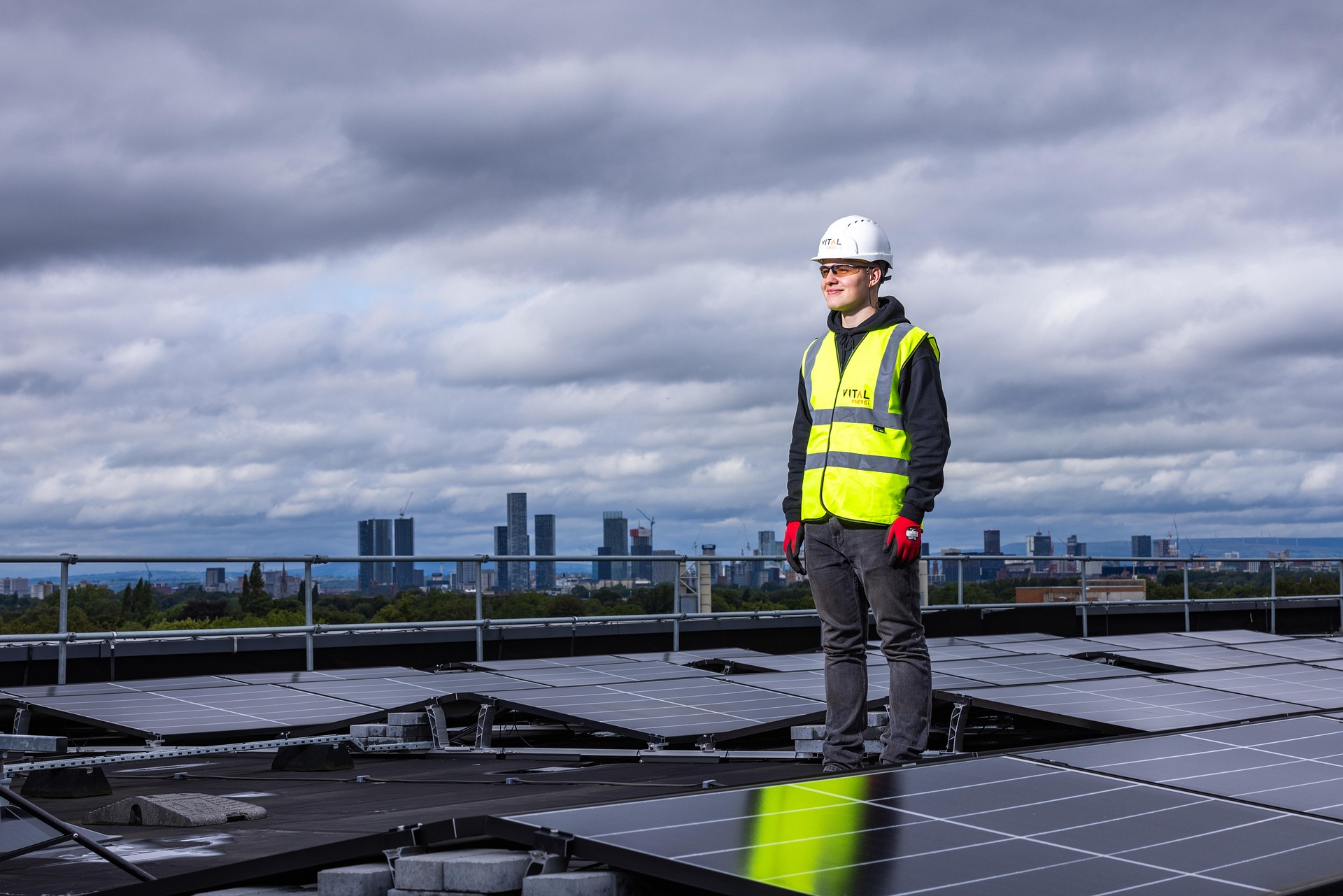What’s Wrong With First Solar Stock?
Earnings miss and fundamental shifts in the U.S. government policies have hammered First Solar (NASDAQ:FSLR) stock to a point where it is starting to look like a value buy! Here is a company that grew > 26% in the last 12 months, has > 30% operating and net margin, very low leverage with DE ratio of around 0.05, operational cash flow margin at nearly 30% – and its stock is trading at a PE ratio of just over 10. Doesn’t make sense, right?
Fundamentals take a back seat when investors get spooked by the outlook, and even great stocks can take a beating. To reduce stock specific risk while getting exposure to upside, consider taking a look at the High-Quality portfolio, which has outperformed the S&P 500 and achieved returns greater than 91% since inception.
Why Are Investors Spooked?
First Solar has provided guidance for FY 2025 operating income in the range of $1.95 billion to $2.30 billion, incorporating anticipated benefits from the IRA (inflation reduction act). Notably, production credits are expected to contribute between $1.65 billion and $1.7 billion to this forecast. This highlights the substantial role government subsidies play in First Solar’s financial success – and the new administration intends to roll back climate regulations and support the fossil fuel industry.
In addition, it faces competition from Chinese players. Also, while First Solar has strong operational cash flow (>$1.2 Bil in the last 12 months), its high capex (>$1.5 Bil) makes its free cash flow negative. A high level of fixed investment amid policy uncertainty comes as a double whammy.
The Bright Side: A Value Buy
Here are few reasons that First Solar can be looked at as a good long-term value buy:
- FSLR has more favorable fundamentals vs some of the other players in the same space including Enphase Energy (NASDAQ:ENPH), Sunrun (NASDAQ:RUN) and Solaredge Technologies (NASDAQ:SEDG)
- Highest 3Y average growth of > 14%
- Highest operating margin at 33%
- Compared to Enphase Energy, it is highly undervalued with PE ratio of just over 10 and PS ratio of 3.2 vs figures of 80 and 6.2 for Enphase, respectively
- Despite high capex, there is little leverage with <$1 Bil in debt compared to nearly $14 Bil market cap. FSLR is funding the majority of its capex from its cash flows.
- Favorably positioned against tariff war: Domestic production and supply chain reduce possibility of disruptions and may give an edge over Chinese competitors considering the new US administration’s favorable view for domestic producers
Regulatory risk is just a small part of the risk assessment framework we apply while constructing Trefis High Quality (HQ) Portfolio which, with a collection of 30 stocks, has a track record of comfortably outperforming the S&P 500 over the last 4-year period. Why is that? As a group, HQ Portfolio stocks provided better returns with less risk versus the benchmark index; less of a roller-coaster ride as evident in HQ Portfolio performance metrics.

